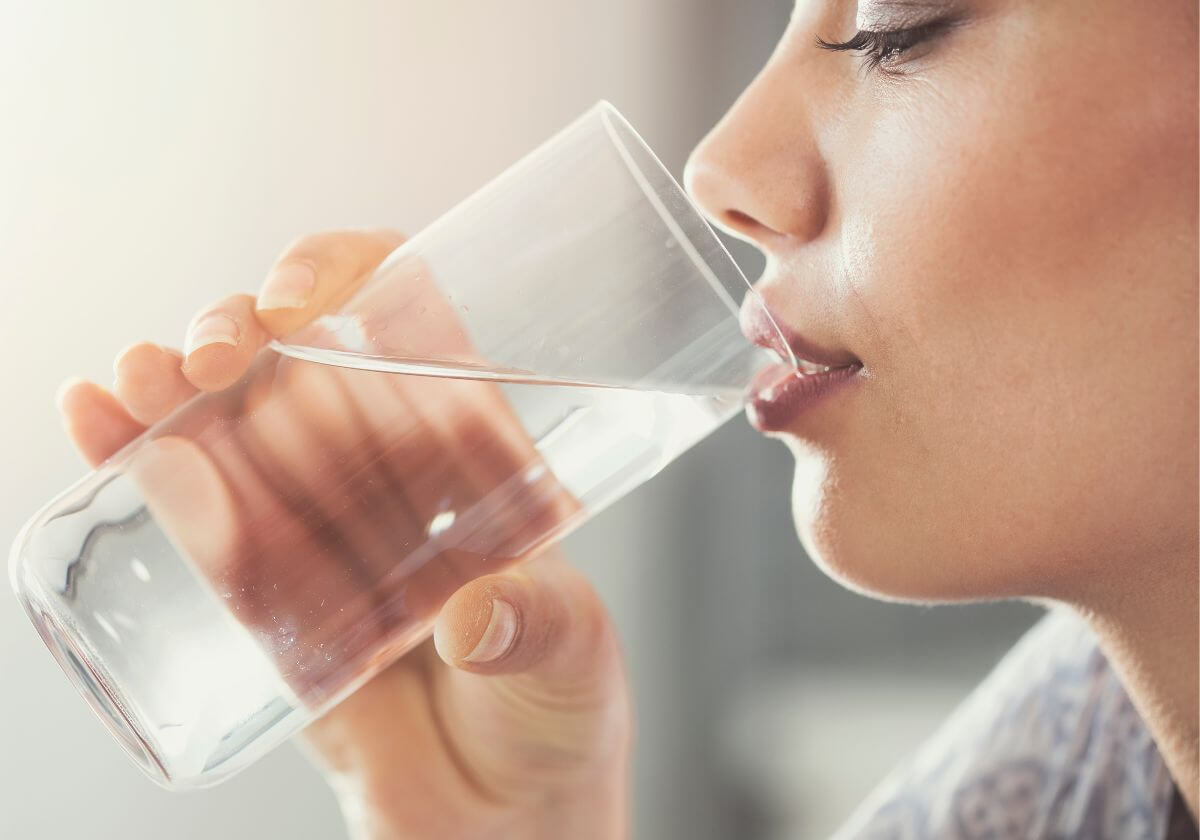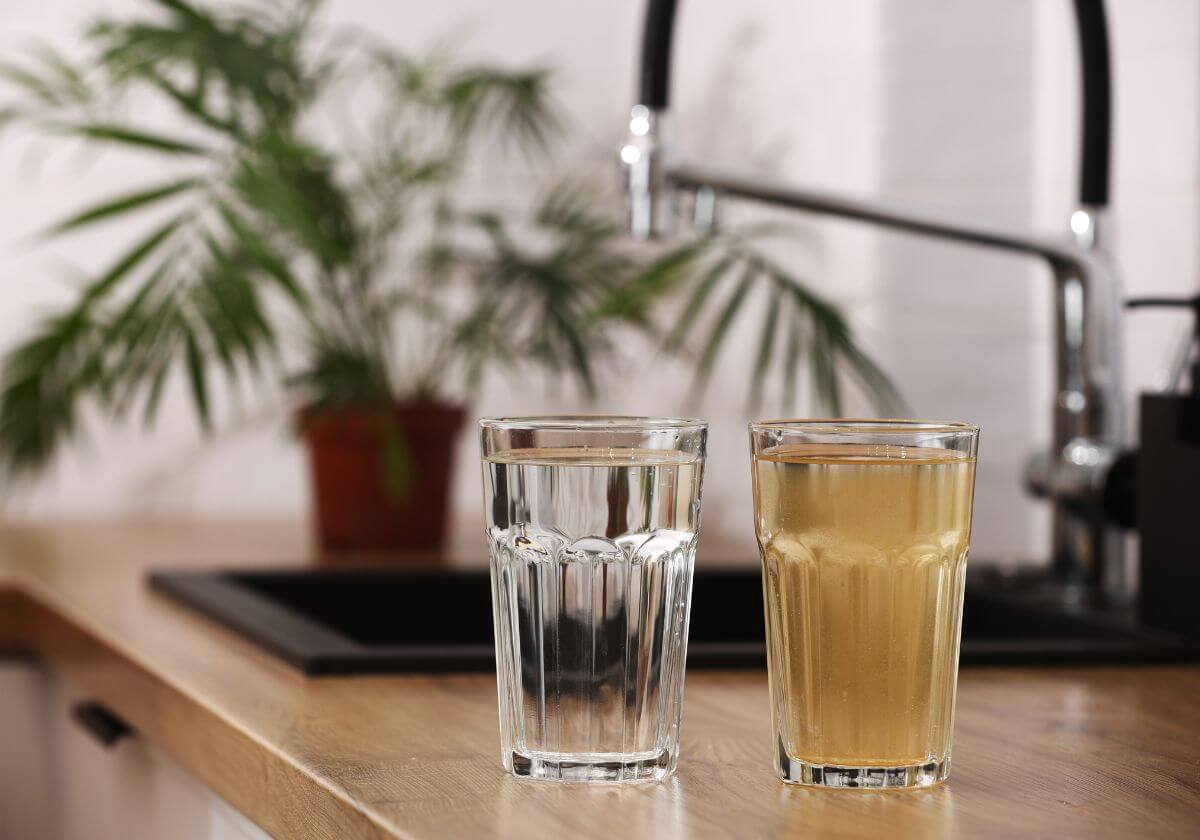Water is the true elixir of life, and it is something all of us need to drink every
day. We cook with it, wash with it, and cannot do without it. However, when your source of water does not taste
good, it can ruin everything. What does water taste like, and why does it taste like anything at all in the
first place? Once you understand the factors that make it unpleasant, sweet, and even impact turbidity or
clarity, investing in a
Waterdrop
reverse osmosis filter for your home will make a lot of sense.
Does Water Have a Taste?
Many people say that water does not taste like anything at all. In fact, it is one
thing on earth that is not really supposed to have a taste. However, this does not hold true for most people who
drink tap or well water on a regular basis. If you have ever taken a sip of water from different sources, you
will notice the subtle variations in taste. Some of it may be absolutely horrible while others will give you
nothing but a slight aftertaste.
Water has a taste because it is not pure H2O. There are many things dissolved in
water or added to it at the processing plant to prevent the growth of bacteria and other organic things. People
have different taste buds and sensory processing abilities that make water taste different too. One person may
think that the water tastes pure and clean while another has a nastier experience.
Causes for Unpleasant Tastes in Your Water
While unpleasant is a subjective thing, many people focus on the negative when
asked “what does water taste like?” Water gets its taste from three main sources: natural minerals, additives
from the processing system, and residue from pipes and other fixtures. The last one is primarily the
responsibility of the property owner and can only be solved by upgrading the plumbing.
The first two are based on the location where the water comes from and where it is
used. This holds true for bottled water as well. The minerals dissolved in the water and the chemicals used to
make it safe for human consumption are measured in parts per million. Things like bicarbonate, calcium,
magnesium, iron, chloride, and sulfates are common things that
affect the taste of water .
Some may also include sodium, potassium, and other things.
The only type of water without any minerals or other particles in it is called
distilled
water . While this is ultimately pure, it is not actually ideal to drink on a regular basis. Your body
does need minerals to maintain optimum health. This is a great argument for reverse osmosis filters that get rid
of the bad stuff without compromising the overall benefits you get from drinking clean water.
Why Does Water Taste Sweet?
Water tastes sweet due to minerals as well. No one added sugar to the tap or well
water that comes into your home or place of business. You did not accidentally grab a bottle of juice at the
store instead of pure water. Excess calcium and iron in the water sometimes contribute to this taste.
There are other options. If you just ate something very salty or bitter, the water
may taste sweet in comparison. If you are very dehydrated and excessively thirsty, it can make water have the
perception of tasting better than usual too. Individuals who have
diabetes may also
experience this sometimes.
Taste and Turbidity – The Culprits Behind Cloudy Water
In some cases, an unpleasant taste is accompanied by
turbidity .
This term refers to the cloudiness or clarity of water based on suspended particles. If tap water is not crystal
clear, you probably get a notice from your water company to boil it or not drink it for a period of time. This
can also happen to well water, but you will be responsible for managing any improvements. No matter what the fix
or how long you wait, you may still have doubts about the health of the water, especially if it ends up tasting
like chlorine or other chemicals afterward.
Most causes of turbidity include disturbed sediment from the water source or
treatment plan that is not properly filtered out or organic growth. Both of these things can have considerable
effect on not only the taste of water but also whether it is healthy to drink or not.
Excess minerals, chemicals from processing, and particles that affect turbidity all
make water taste bad, sometimes smell bad, and become unhealthy and unpleasant to drink or use for cooking and
washing. Take control of your water by using a reverse osmosis filter. Many different options exist that suit a
wide variety of settings from large RO filters that handle an entire house to smaller ones perfect for an office
break room.
How a Reverse Osmosis Filter Can Change Water’s Taste
If all your answers to the question of what water tastes like are unpleasant, a
reverse osmosis filter may be the best option for you.
The Waterdrop X Series Reverse Osmosis System X12 offers a high-speed, tankless
water filtration at an impressive 1200G with an 11-stage precision filtration mechanism, capable of removing
contaminants such as lead, chlorine, and PFAS, while enhancing water with essential alkaline minerals like
calcium and magnesium.
It not only improves health, taste of food and beverages, but can also alleviate
stomach acid discomfort. Boasting a smart design, the system includes a digital faucet with functions such as
precise water dispensing and TDS/filter lifespan monitoring. It's engineered for space-saving and simple DIY
installation, re-mineralizing water to create natural-tasting, fresh, and healthy water accessible directly from
your kitchen.
Many people complain about the taste of their tap water or well water. They turned
to expensive bottled water that causes environmental conflicts due to the high quantity of plastic bottles.
Still, the taste may not be perfect and clear. Also, this does not solve the problem of cooking water at home or
access to healthy water to wash yourself, your kids, your pets, your clothes, and your dishes with. With under
sink or whole house reverse osmosis filters, nasty-tasting water can be a thing of the past.
















































































































